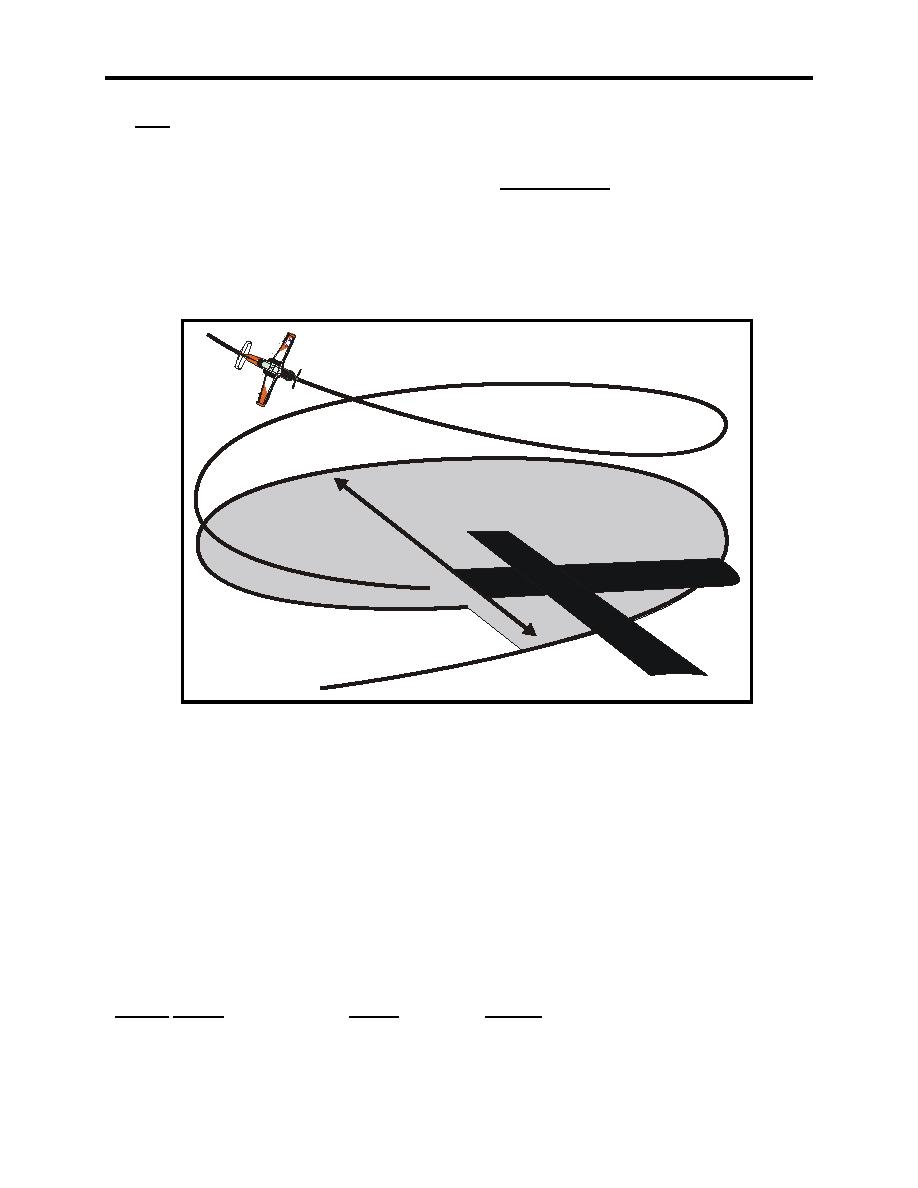 |
|||
|
|
|||
|
|
|||
| ||||||||||
|
|  T-34C INSTRUMENTS
APPENDIX A
IMC If unable to reach VMC and continued flight under IMC conditions is required, notify
ATC of the nature of your emergency and your intended action. Consider all pertinent
information. Determine your present position relative to the nearest IAF compatible with the
navigational equipment installed on your aircraft. Do not hesitate to declare an emergency if
priority handling would expedite your approach and landing. Use good headwork when
requesting the approach. Radar vectors to the final approach course is expeditious, however,
not always available. Other methods include immediate clearance for a TACAN or VOR
approach, as well as Ground Controlled Approaches. Situational awareness is essential to
exercising good headwork.
2
1
3 Flame Out
Maneuvering Area
No
rm
al
ly
3
M
ile
s
Figure A-1 Emergency Landing
1.
High Key. That position over the airport where the pilot begins to maneuver the
aircraft to enter a high downwind leg.
2.
Low Key. That position on high downwind leg just before turning on base leg.
3.
"Flameout" Maneuvering Area. That airspace to be occupied by an aircraft
practicing "flameout" procedures, which begin at the high key, includes the low key, and
ends at the landing threshold.
Examples:
"Corpus Christi Approach, Navy 4G279, holding at RYNOL, indicating low oil pressure,
declaring an emergency, request immediate clearance for the TACAN 1 RWY 13R approach into
Corpus Christi."
SUPPLEMENTARY FLIGHT PROCEDURES AND EMERGENCY PROCEDURES A-5
|
|
Privacy Statement - Press Release - Copyright Information. - Contact Us |